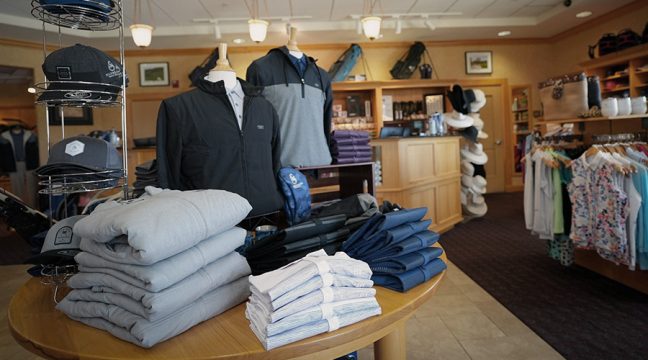Consumer spending is expected to decline as much as $1.5 billion, according to Planalytics.
The estimate factors in the gains from the home centers, grocery chains and convenience stores as consumers stock up emergency necessities. Foot traffic at apparel stores could fall 25 percent while visits to outlet centers will decline 32 percent, Planalytics estimated. Restaurant traffic is expected to decrease 14 percent.
Evan Gold, executive vice president at Planalytics, told CNBC on September 4 that companies with a large presence in the southeast are particularly vulnerable, such as BJ’s Wholesale, Dillard’s, Disney, and supermarket chain Publix.
Gold also noted that there are a large number of ports in the Carolinas, which retailers rely on to receive goods.
“August and early September is a time when a lot of the holiday goods start getting shipped in, and those ports are very busy,” he said. “The storm is so large that I’m sure there will be some ripple effect. I’m not sure to the average consumer that they’re going to significantly notice that goods may or may not be on the shelves come Christmas time but I’m sure there’s disruption happening now.”










